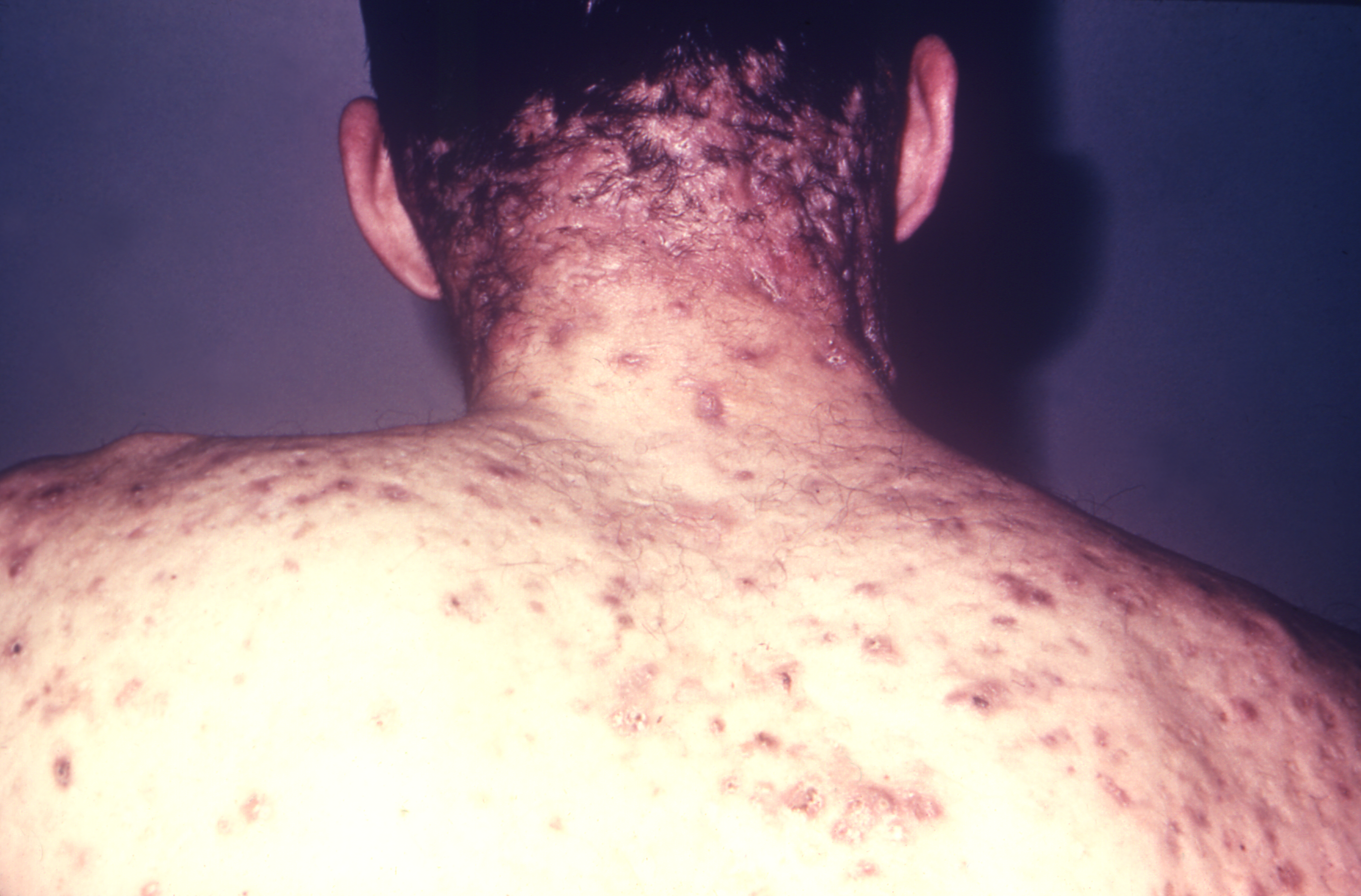- Acne
- Actinic Keratosis
- Aesthetics
- Alopecia
- Atopic Dermatitis
- Buy-and-Bill
- COVID-19
- Case-Based Roundtable
- Chronic Hand Eczema
- Chronic Spontaneous Urticaria
- Drug Watch
- Eczema
- General Dermatology
- Hidradenitis Suppurativa
- Melasma
- NP and PA
- Pediatric Dermatology
- Pigmentary Disorders
- Practice Management
- Precision Medicine and Biologics
- Prurigo Nodularis
- Psoriasis
- Psoriatic Arthritis
- Rare Disease
- Rosacea
- Skin Cancer
- Vitiligo
- Wound Care
Publication
Article
Dermatology Times
Viewing Atopic Dermatitis and Its Impact From a Patient Perspective
Author(s):
Dermatologist Diego Ruiz Dasilva, MD, FAAD, and a patient with atopic dermatitis discuss the patient journey from initial symptoms to diagnosis to treatment selection.

To discuss the association between atopic dermatitis (AD) and its impact on patient lives and well-being from patient and provider perspectives, dermatologist Diego Ruiz Dasilva, MD, FAAD, sat down with AD patient and advocate Trinity Flint in “Diagnosis to Treatment: Exploring the Patient Journey in Atopic Dermatitis,” a custom Dermatology Times Patient Perspectives video series.
Initial Symptoms
“For as long as I can remember, I was ‘diagnosed’ with eczema, but I didn’t get an actual diagnosis until I saw you [Dasilva] and had a skin biopsy,” Flint said. “But every doctor I had ever spoken to about it as a child said the same thing. They all said that I had eczema. For as long as I can remember, I’ve struggled with that.”
Flint described her experiences with frequent itching and rashes, which she said were typically brought on or exacerbated by outside factors such as allergies and stress, as being initial indicators of AD. As a child, she said these symptoms were often disruptive in nature. Flint’s mother, who also had eczema, quickly picked up on the correlation between the symptoms and the condition.
Doctors, she said, were able to identify it quickly, despite not receiving a formal diagnosis until seeing Dasilva as a patient. Dasilva mentioned that Flint was able to take control of the condition and her health as a late teenager, but still faced challenges.
“It was definitely a struggle, especially socially. I didn’t have a great time in school with eczema because it progressively got worse as I got older,” Flint said. “My mom ended up growing out of it as she got older, but I grew into it. It was liberating when I was finally able to find something that stuck as a treatment because I had been through other topical creams and all sorts of cream treatments or ointments, and I never had long-term success with those. But it was very discouraging for a long time.”
Daily Life With AD
Dasilva noted that AD is often associated with a negative quality-of-life impact, asking Flint what experiences she endured that affected her overall well-being. Having a family history of eczema made parts of the condition easier to endure, but some social aspects, such as school, were made difficult.
Flint said she struggled with telling other children, teens, and even adults that her condition was not contagious.
“Children are mean in high school and middle school—all of them,” Flint said. “If they don’t know what something is, they’re going to assume the worst. I’ve had individuals think that I have HIV.”
Flint described feeling insecure as a result of her eczema. It would often impact her clothing choices when she left the house, as she said she felt the need to cover her skin and flares. This, she said, became more difficult to do as her eczema became more apparent on her neck and eyelids, for example.
“That’s something that we clinicians can quickly forget because we see patients with all sorts of skin diseases every day. We get used to what’s infectious, what’s not, and what we have to worry about. We forget that individuals in the world can look at you in the way you’re describing,” Dasilva said. “In fact, sometimes I shake patients’ hands who have severe rashes and other issues, and their minds are blown that I’m shaking their hands.”
Treatment Approaches and Impacts
Early in her journey, Flint used rotating regimens of moisturizers and steroid creams. Moisturizers helped with lack of skin moisture but did not relieve the itch. One over-the-counter cortisone that she tried left her with a burning sensation and pain. While it “worked for a second,” Flint said it “was never a permanent or long-term solution for me.”
“A lot of ED [emergency department] and primary care doctors give that, and they can be a Band-Aid to help with itching in the short term,” Dasilva said. “But similar to the experience that you [previously] described with the triamcinolone, it’s not a solution. It’s not something you can be on for the long term. It strings you along and can offer false hope at times.”
Before settling on an ideal treatment option, Flint went through an estimated 5-plus treatments hoping to find the right fit for her eczema. Now, Flint uses oral upadacitinib for her eczema and said she feels satisfied with its role in her day-to-day life and her condition.
“After I was able to get the prescription covered by my insurance and I was taking it, I significantly felt less itchy the next day and, basically, the only thing I really had to wait around for was the AD that I was already experiencing to heal. But it didn’t get any worse, and I immediately noticed that I was significantly less itchy throughout my day,” she said.
Unmet Needs
Moving forward, Dasilva said the main obstacles and limitations for selecting a treatment for AD include a lack of experience, common knowledge, and comparative data. Insurance coverage barriers to treatment are also something Dasilva hopes to see improvement in to ensure that patients are able to access valuable treatments.
“I hope and anticipate as time goes on, clinicians will become more comfortable with all the newer treatment options and be able to tailor the treatment to patients’ particular lifestyle and preferences,” Dasilva said. “To be where we are now and imagine the future is really exciting for me. I’m really happy to be able to help these patients who are suffering.”

Newsletter
Like what you’re reading? Subscribe to Dermatology Times for weekly updates on therapies, innovations, and real-world practice tips.


























